Discover the reasons behind a poorly flushing toilet and learn practical solutions to restore its…
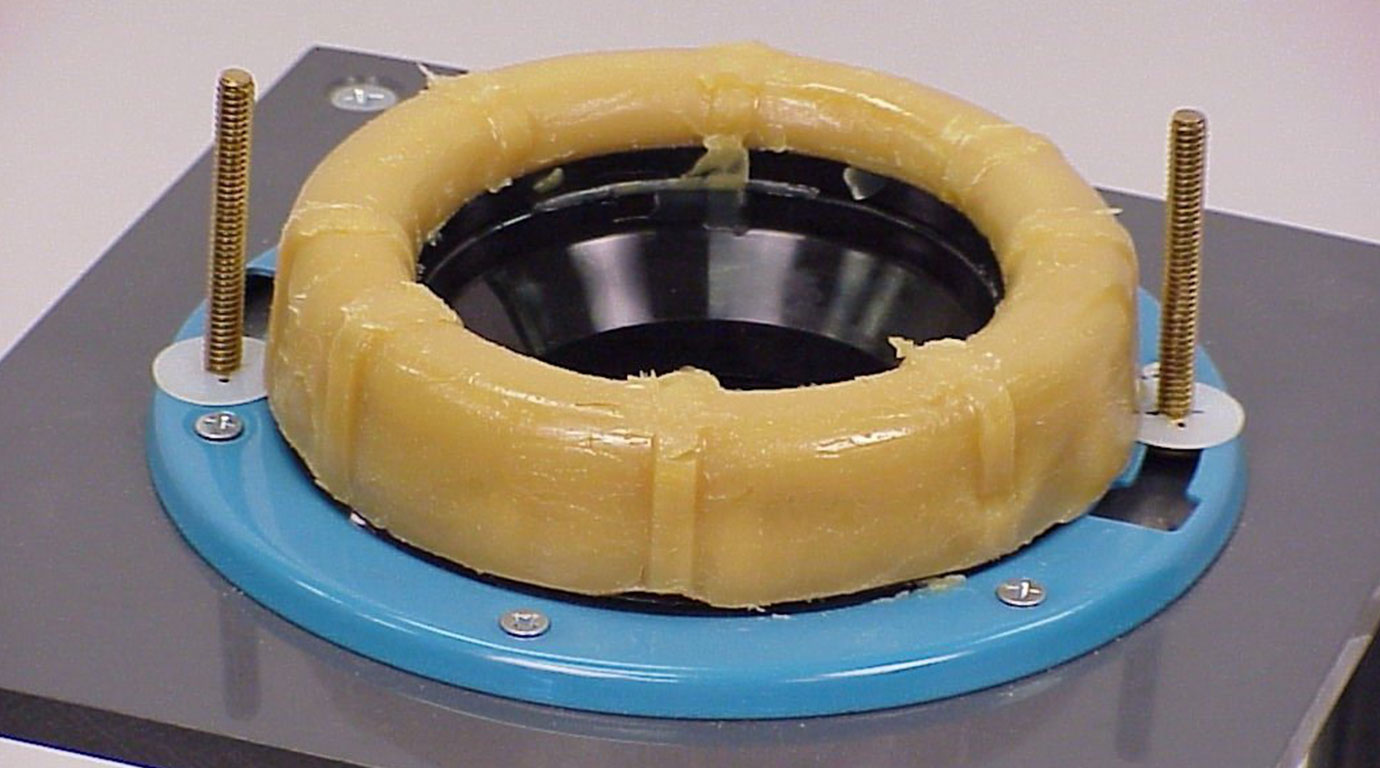
Wax vs Rubber Toilet Pan Seals: Which is the Better Choice?
When it comes to toilet installations or repairs, one important component that often goes unnoticed is the toilet pan seal. This small but crucial element creates a watertight seal between the toilet pan and the floor, preventing leaks and ensuring a properly functioning toilet. Traditionally, wax seals have been the go-to option for this purpose. However, rubber toilet pan seals have gained popularity in recent years as an alternative. In this article, we’ll explore the differences between wax and rubber toilet pan seals, their pros and cons, and help you determine which one is the better choice for your Australian bathroom.
Fun Fact:
The first modern flushable toilet was described in 1596 by a godson of Queen Elizabeth I. – History.com
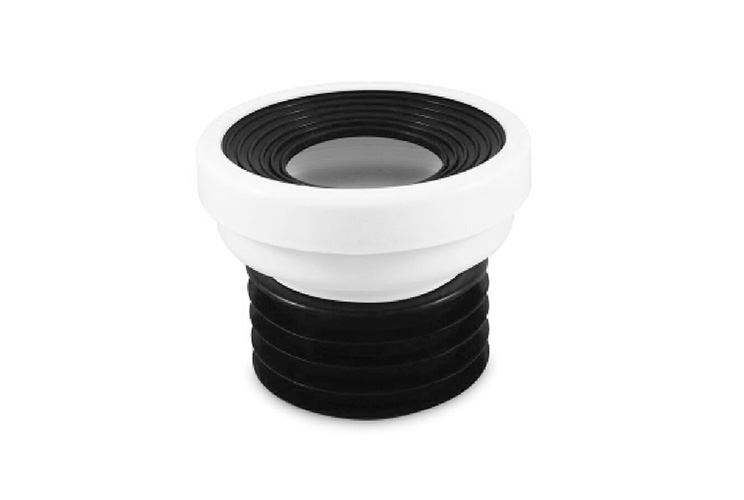
Understanding Wax Toilet Pan Seals
The Basics of Wax Seals
Wax toilet pan seals have been around for decades and have proven to be reliable and effective in sealing toilets. These seals are typically made from a mixture of beeswax and petroleum, creating a pliable and moldable material that can conform to irregular surfaces. Wax seals are available in various sizes and shapes to accommodate different toilet installations.
Installation Process
Installing a wax seal requires careful positioning and alignment. The wax ring is placed on the flange, which is the pipe fitting on the floor, and the toilet pan is then lowered onto the seal. The weight of the toilet compresses the wax, creating a tight seal. It is important to ensure proper alignment during installation to avoid leaks.
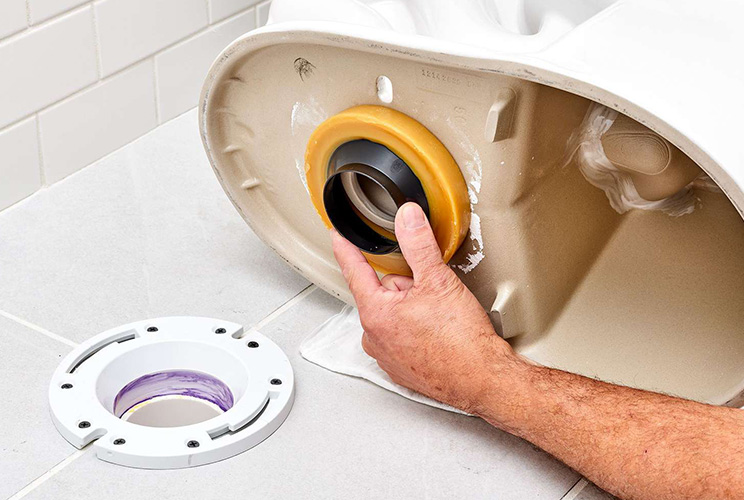
Pros of Wax Seals
- Proven Reliability: Wax seals have a long history of reliable performance. When installed correctly, they provide an excellent seal that prevents leaks and odours.
- Moldability: The pliable nature of wax allows it to conform to the shape of the toilet pan and the floor, ensuring a tight and secure seal.
- Cost-effective: Wax seals are generally more affordable compared to rubber seals, making them an attractive option for budget-conscious homeowners.
Cons of Wax Seals
- Messy Installation: Working with wax can be messy, as it can stick to hands and tools. Care must be taken during installation to avoid getting wax on surfaces or clothing.
- Limited Reusability: Once a wax seal is compressed and used, it cannot be easily repositioned or reused. If the toilet needs to be removed for any reason, a new wax seal must be installed.
- Temperature Sensitivity: Wax seals can be affected by temperature fluctuations. Extreme heat or cold can cause the wax to soften or harden, potentially compromising the seal.
I have seen wax toilet seals actually melt and cause a leak on a really hot Australian day. – Jarryd V, Local plumber in Craigieburn.
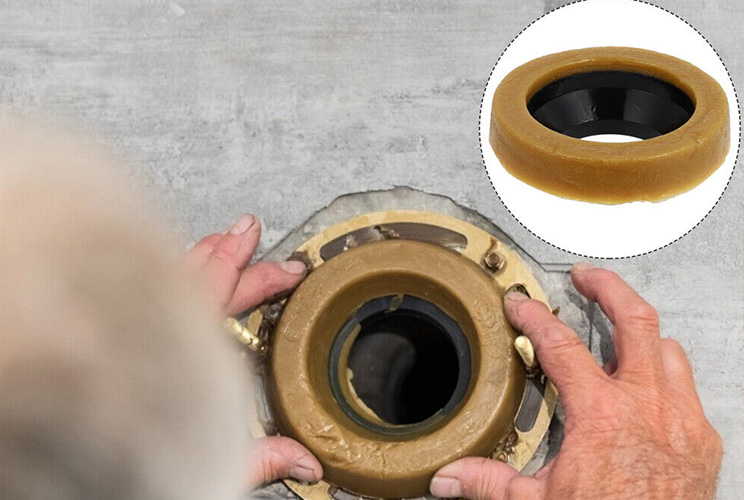
Exploring Rubber Toilet Pan Seals
The Basics of Rubber Seals
Rubber toilet pan seals are a relatively newer innovation in the plumbing industry. These seals are typically made from synthetic rubber or silicone, offering a different set of benefits compared to wax seals. Some recommended international & Australian brands are Fluidmaster and Holman, which manufacture both wax and rubber pan seals, and are very well known in the plumbing industry.
Installation Process
Rubber seals are designed with a flexible and adjustable flange, allowing for easy installation. The seal is placed over the flange, and the toilet pan is lowered onto it. The rubber compresses under the weight of the toilet, creating a secure seal.
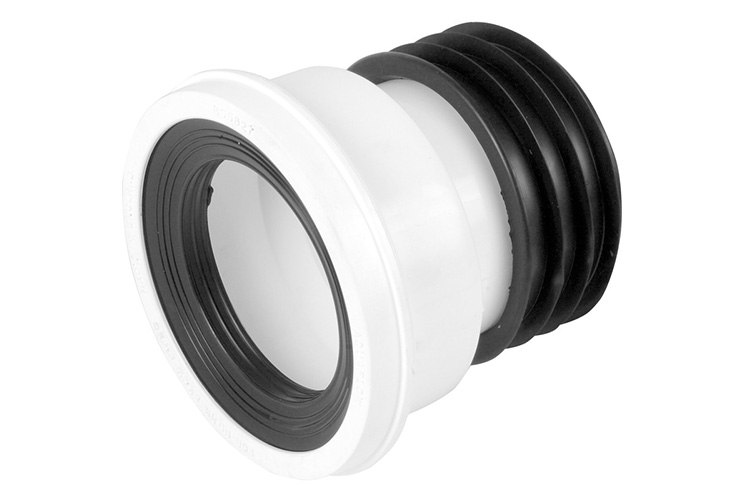
Pros of Rubber Seals
- Easy Installation: Rubber seals are generally easier to install compared to wax seals. The flexibility of the rubber material allows for adjustment and proper alignment without the risk of damaging the seal.
- Reusability: Unlike wax seals, rubber seals can be easily removed and repositioned if necessary. This feature is especially useful during toilet repairs or renovations.
- Temperature Resistant: Rubber seals are less sensitive to temperature changes than wax seals. They can withstand hot and cold conditions without compromising the seal.
Cons of Rubber Seals
- Higher Cost: Rubber seals are typically more expensive than wax seals. The additional cost may be a consideration for homeowners on a tight budget.
- Durability Concerns: Rubber seals may not have the same long-term durability as wax seals. Over time, the rubber material may degrade or lose its elasticity, potentially leading to leaks.
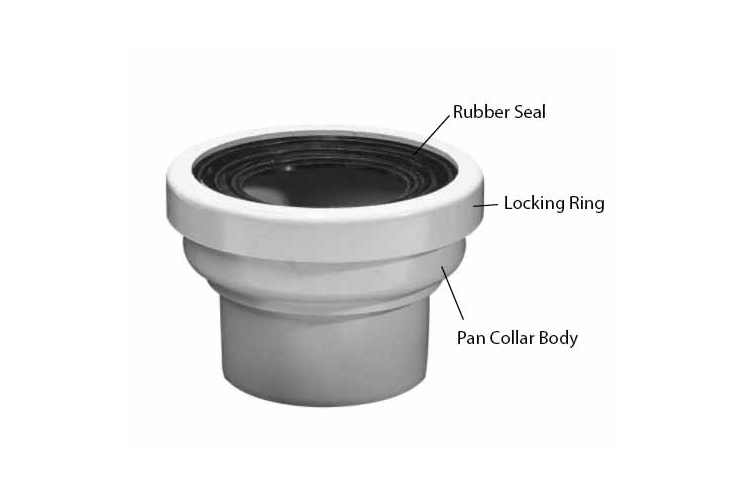
Fun Fact:
In 1944 William H. Harvey Sr. came up with the idea of a pre-formed wax gasket for setting toilet bowls. – Oatey
Choosing the Right Seal for Your Australian Bathroom
Now that we’ve explored the characteristics of both wax and rubber toilet pan seals, you may be wondering which one is the better choice for your Australian bathroom. The decision ultimately depends on your specific needs and preferences. Here are some factors to consider:
Budget
If you’re on a tight budget and cost is a significant consideration, wax seals may be the more appealing option. They offer reliable performance at a lower price point compared to rubber seals.
Ease of Installation
If you’re a DIY enthusiast or prefer simpler installation processes, rubber seals are worth considering. Their adjustable flange and easy reusability make them more forgiving during the installation process.
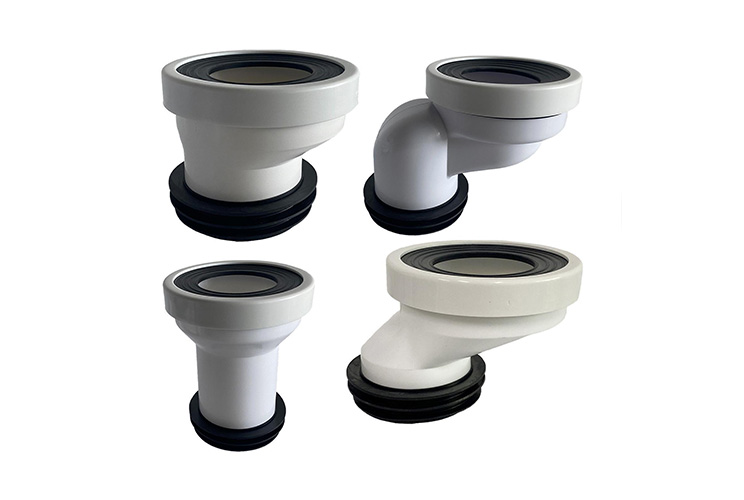
Long-Term Durability
If you prioritise long-term durability and are willing to invest a bit more, wax seals may be the better choice. While rubber seals can degrade over time, wax seals have a proven track record of lasting performance.
Temperature Sensitivity
Consider the climate and temperature conditions in your area. If you live in an area with extreme temperature fluctuations, such as very hot summers or cold winters, rubber seals’ temperature resistance may be advantageous.
Don’t Forget to Test For Leaks
When it comes to choosing between wax and rubber toilet pan seals for your Australian bathroom, it’s essential to weigh the pros and cons of each option. Wax seals offer proven reliability and cost-effectiveness, but they can be messy and less adjustable. On the other hand, rubber seals provide easy installation, reusability, and temperature resistance, but they may be more expensive and have potential durability concerns. Assess your budget, installation preferences, and long-term durability requirements to make an informed decision.
Remember, whichever seal you choose, proper installation is key to ensuring a watertight and functional toilet. A incorrectly installed toilet pan seal can not only cause waste water to leak which results in nasty odors and a smelly toilet, but it can also cause insurance claims if you have water damage. If you’re unsure about the installation process, it’s always recommended to consult a professional plumber for expert advice and assistance, and most importantly, don’t forget to test for leaks when the job is done. Don’t know how? follow the link provided below.
Take the two minute leak test to investigate water usage at your property. – Yarra Valley Water
Common FAQ’s about Toilet Pan Seals:
Can you reuse a Wax Toilet Pan Seal?
Wax seals have limited reusability, meaning they can't be easily repositioned or reused once compressed.
Why do toilet wax seals fail?
Toilet wax seals can fail due to temperature changes, messy installations, and limited reusability. Temperature fluctuations can soften or harden the wax, affecting the seal. Messy installations can lead to wax on surfaces or clothing. Once used, wax seals cannot be easily repositioned or reused, requiring a new installation.
How long does a rubber toilet seal last?
The lifespan of a rubber toilet pan seal can vary, but on average, it can last for several years. Factors such as usage frequency, cleaning methods, and maintenance practices can influence the seal's durability. Regular inspections and prompt replacement when signs of wear or leakage appear can help ensure an effective and long-lasting seal.
Can a toilet leak from the wax ring?
Yes, a toilet can leak from the wax ring. The wax ring seals the connection between the toilet and the drain pipe. If the wax ring becomes damaged or deteriorates over time, it can cause water to leak around the base of the toilet. Prompt replacement of a faulty wax ring can help prevent leaks and ensure proper functioning of the toilet.
How do I know if my toilet needs a new wax seal?
You can look for signs such as water pooling around the base of the toilet, a persistent sewage smell, or the toilet rocking or shifting. These indicate potential wax seal damage or deterioration, and it may be time to consider replacing the wax seal to prevent leaks.
How often should you change the wax seal on a toilet?
The frequency of changing a toilet's wax seal depends on various factors, including usage, maintenance, and signs of wear. Generally, it is recommended to inspect the wax seal regularly and replace it if there are leaks, odors, or signs of deterioration.

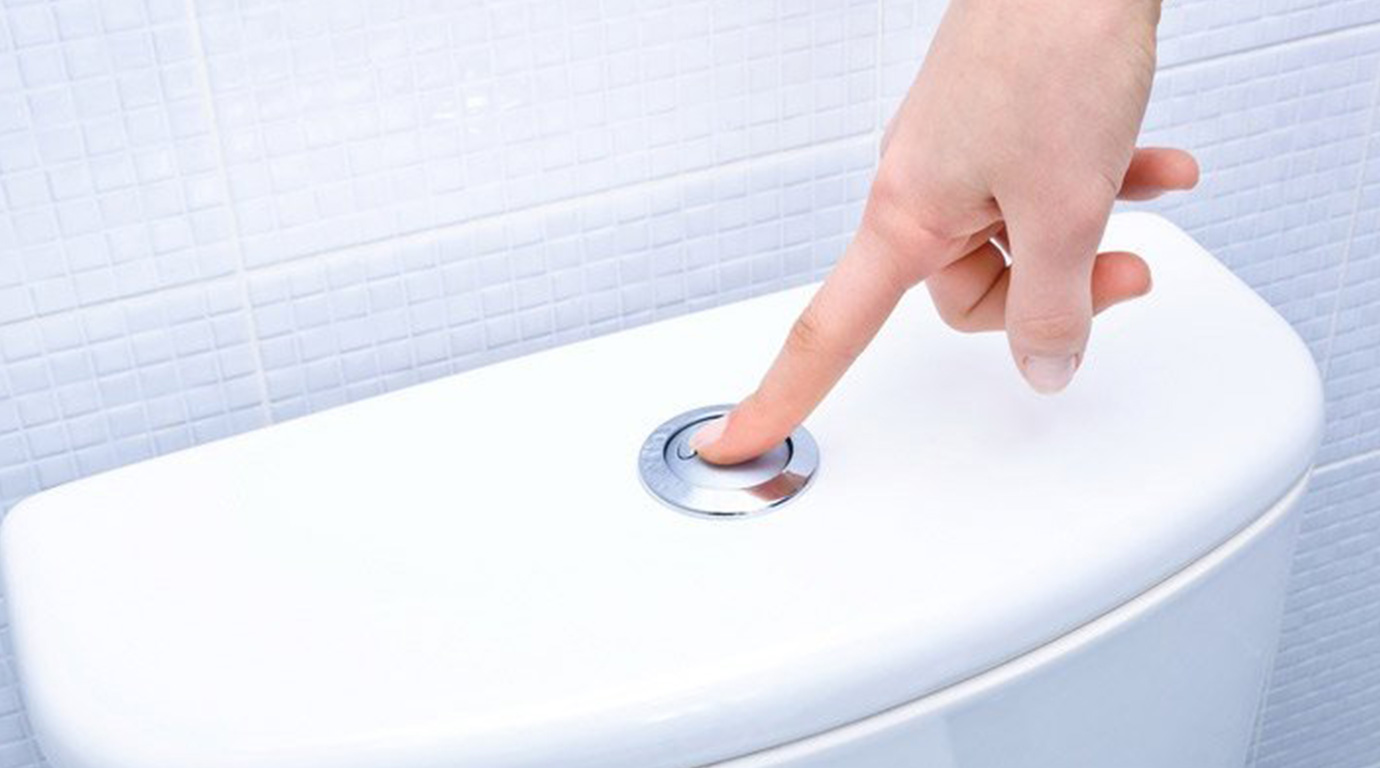
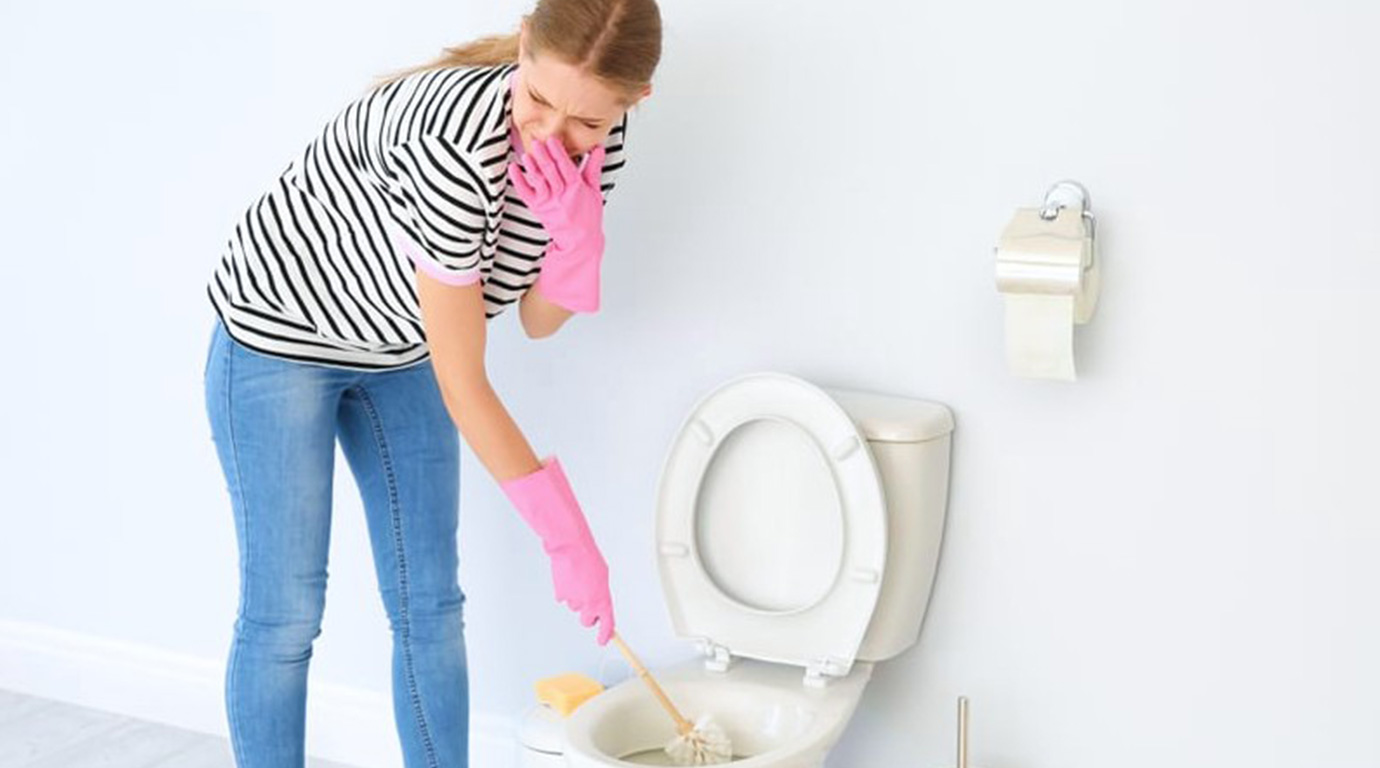
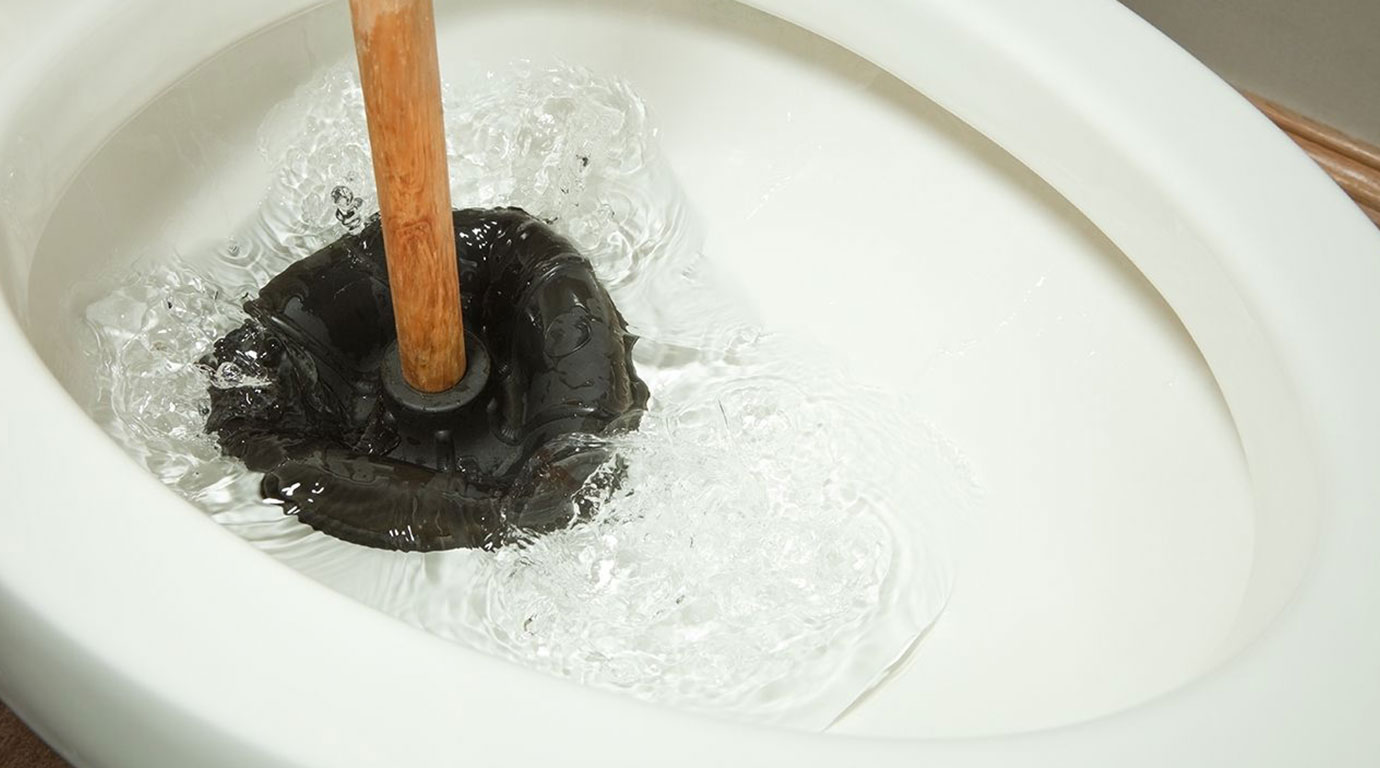
This Post Has 0 Comments